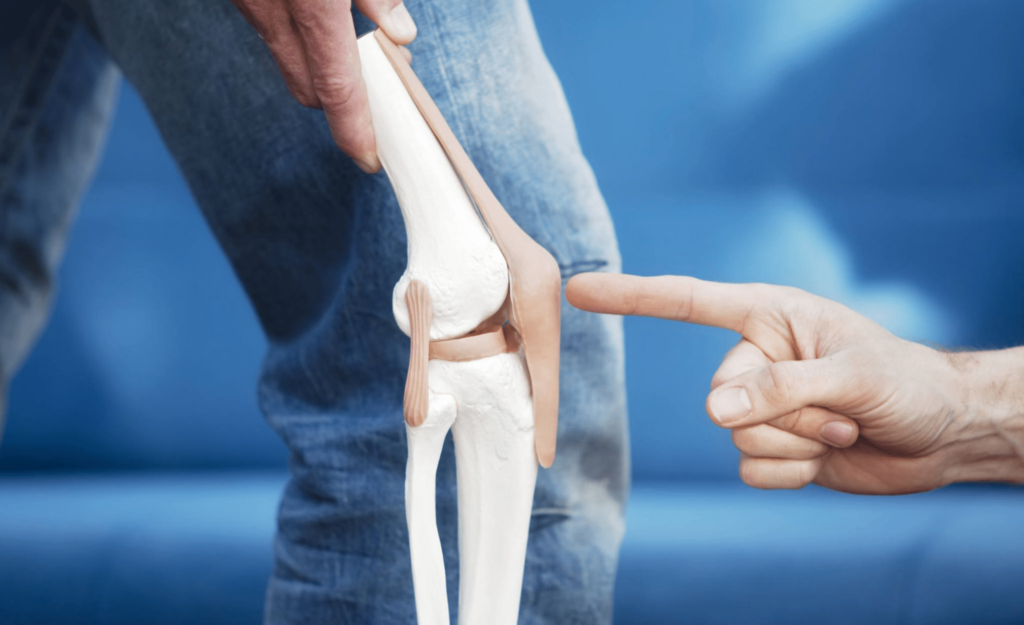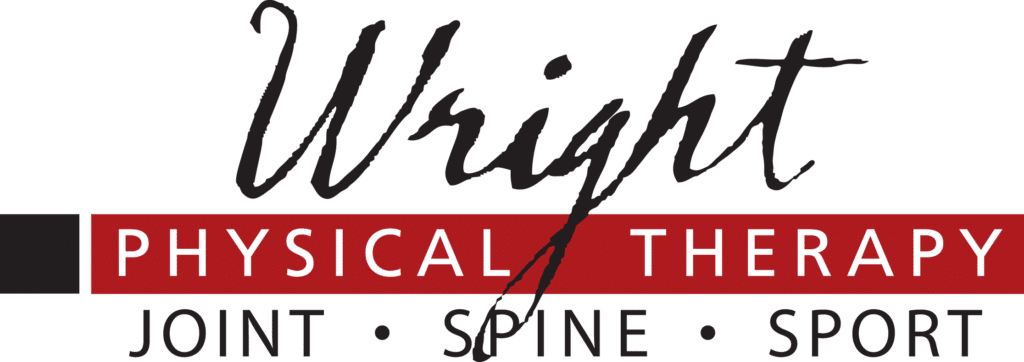Knee Extension After A Total Knee Arthroplasty (TKA)
Total knee arthroplasties (TKAs) are among the most common orthopedic procedures performed in the United States. In the U.S., approximately 700,000 TKAs are performed annually.1 Considering the aging of the “baby boomer” population, as well as other contributing factors, this number is expected to continue to increase considerably in the future.2 By 2030, the number of TKAs performed each year is projected to increase to 3.48 million.1 Following a TKA, physical therapy works with patients in order to address their deficits and assist patients to a higher level of function.

Post TKA, one primary deficit that is addressed by physical therapy during the rehabilitation process is knee range of motion (ROM). Following a TKA, the vast majority of patients lack normal ROM of the knee joint, with many factors such as pain, swelling and scar tissue formation contributing to this knee “stiffness.” Normal ROM for the knee is typically around 0 degrees of extension and 135 degrees of flexion. Full ROM is vital for proper lower extremity mechanics with functional activities. Loss of full ROM can be detrimental to the function of the entire lower extremity, leading to biomechanical strain placed on other joints of the body which can subsequently lead to further pain and injury.
Specifically regarding knee extension, full extension end ROM is especially pertinent to gait mechanics. Studies have shown that after a TKA, the majority of improvement in gait function occurs within the first few weeks.3, 4 Furthermore, the level of improvement during the first few weeks status post TKA reflects gait function beyond 1 year.5, 6 Thus, working towards obtaining normal knee extension end ROM is crucial immediately following a TKA.

During postoperative rehabilitation, physical therapy employs various methods to increase total ROM of the knee joint. These methods generally include stretching, therapeutic exercises and manual techniques. At Wright Physical Therapy, we utilize neuromuscular electrical stimulation with knee extension, joint mobilizations, instrument assisted soft tissue mobilization, and extension remodeling exercises including total end range time stretching. These are discussed in further detail below, in conjunction with other treatment methods to address gaining normal knee extension. These methods have produced positive results in assisting patients to regain full knee extension, helping enable them to achieve their functional goals.
Neuromuscular Electrical Stimulation (NMES) with Knee Extension
NMES sends electrical impulses to nerves, causing them to contract. After a TKA, NMES can be used to activate the quadriceps, helping to retrain the muscles to activate. This, in turn, assists in regaining strength of the quadriceps as well as increased extension ROM. We often employ NMES with quadricep sets in order to encourage the patient to extend the knee to active limits as well as engage maximum isometric contraction of the quadriceps.
Joint mobilizations and Instrument Assisted Soft Tissue Mobilization (IASTM)
Manual techniques are utilized with the main goal of increasing capsular extensibility of the knee joint for increased ROM. Joint mobilizations of the tibiofemoral articular surfaces are applied, promoting proper arthrokinematics. These mobilizations enable therapists to address pain management as well as increase joint mobility. The skilled application of IASTM can be applied to the posterior joint capsule in order to promote analgesia as well as increased posterior capsule extensibility which is pertinent to increased knee extension.
Total End Range Time (TERT) Stretching and Other Extension Stretches
At Wright Physical Therapy, we apply TERT stretching to various indicated conditions where significant deficits in end ROM are demonstrated. When carrying out a TERT stretch for knee extension, the patient’s involved knee is placed at end ROM of extension, then, a constant force is applied to the knee in the direction of further extension. This force is maintained for a goal of 10-15 minutes, 4 times per day. The force can be applied through various methods including manually or through the use of straps, bands, weights, etc. TERT operates on the principle of creep, which is the tendency of a solid material to move slowly or deform permanently under the influence of persistent mechanical stresses. Using TERT allows for the patient to substantially improve knee extension through a maintained, tolerable stretch. In addition, other stretching techniques promoting increased knee extension are both utilized in the clinic as well as implemented in patient’s home exercise program in order to continually work towards obtaining normal knee extension.
In Summary
Regaining normal knee ROM, specifically extension, after TKA is critical for proper mechanics with functional mobility. At Wright Physical Therapy we have many treatment options utilized to assist our patients in regaining normal knee extension in order to successfully reach their goals and return to their prior level of function. If you would like to learn more about our methods and how we implement them in postoperative TKA rehabilitation, call us at 208-736-2574 to reach us at any of our locations throughout Idaho.
References
- Kurtz S, Ong K, Lau E, et al. Projections of primary and revision hip and knee arthroplasty in the United States from 2005 to 2030. J Bone Joint Surg Am. 2007; 89:780.
- Cram P, Lu X, Kates SL, Singh JA, Li Y, Wolf BR. Total knee arthroplasty volume, utilization, and outcomes among Medicare beneficiaries, 1991-2010. JAMA. 2012; 308(12):1227-1236.
- Pua YH, Seah FJ, Seet FJ, et al. Sex differences and impact of body mass index on the time course of knee range of motion, knee strength, and gait speed after total knee arthroplasty. Arthritis Care Res. 2015; 67: 1397–1405.
- Kennedy DM, Stratford PW, Riddle DL, et al. Assessing recovery and establishing prognosis following total knee arthroplasty. Phys Ther. 2008; 88: 22–32.
- Stevens-Lapsley JE, Balter JE, Wolfe P, et al. Early neuromuscular electrical stimulation to improve quadriceps muscle strength after total knee arthroplasty: a randomized controlled trial. Phys Ther. 2012; 92: 210–226.
- Bade MJ, Stevens-Lapsley JE. Early high-intensity rehabilitation following total knee arthroplasty improves outcomes. J Orthop Sports Phys Ther. 2011; 41: 932–941.


